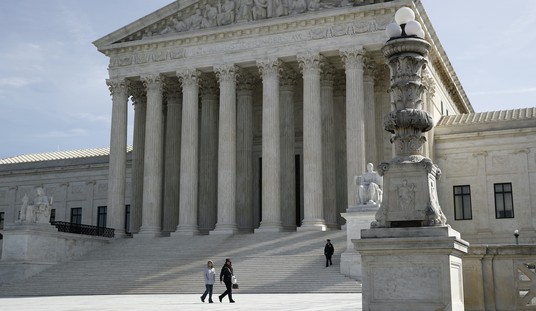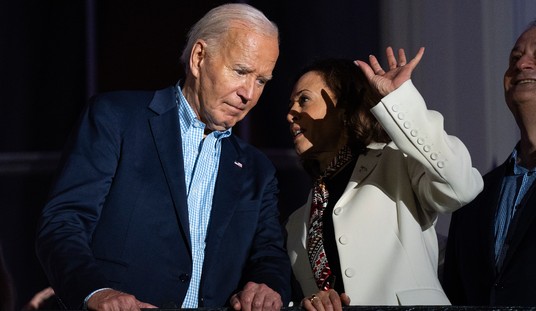Last year’s election shake-up and leadership changes at federal agencies could create new opportunities for satellite broadband. While being careful to guard against overcorrection, policymakers should embrace a technology-neutral approach to broadband deployment that utilizes all available resources and technologies—including satellite. Such an approach would go a long way toward realizing the goal of universal service for all Americans.
Despite routine pledges to close the digital divide, government agencies have not always used all the tools at their disposal to make this happen.
In recent years, and especially under the Biden administration, government agencies like the National Telecommunications and Information Administration (NTIA) have sometimes favored certain technologies over others when awarding money through programs like Broadband Equity, Access, and Deployment (BEAD), which is designed to expand access to high-speed internet. Satellite broadband, in particular, has often taken a back seat to technologies like fiber due to the lingering perception that it “overpromises and underdelivers.” In some cases, government agencies have gone so far as to label newer forms of satellite technology as “nascent” and still developing, which has occurred as recently as last year when the Federal Communication Commission (FCC) rejected Starlink’s bid for Rural Digital Opportunity Fund (RDOF) auction money.
However, while it is true that satellite broadband—especially in its earliest days—sometimes underperformed expectations by providing questionable service, much has changed over the last few years. New and innovative next-generation low-earth orbit (LEO) satellite internet constellation systems offer better coverage, faster service, fewer transmission delays, and better indoor penetration than older high-altitude satellite systems because of their close proximity to the Earth (typically 1,200 miles or less). In many cases, they are better equipped to connect Americans living in remote locations much more quickly than wired alternatives like fiber, which requires significant material investment and time to build the necessary infrastructure.
These advancements, and the technology’s many advantages, are a big reason why companies like Amazon, Eutelsat, and SpaceX have invested significant sums of money into launching their own LEO systems such as Project Kuiper, Starlink, and OneWeb. Since 2019 alone, Starlink has launched nearly 7,000 satellites into orbit, and its internet service is now available to 99.6 percent of American households that choose it over other options to meet their internet needs. Meanwhile, OneWeb has already launched over 630 satellites, and Project Kuiper plans to launch more than 3,200 satellites over the next few years. And this says nothing of the many other companies planning to start or expand their operations.
Recommended
Now leadership changes are underway at federal agencies that may give the technology a much-needed boost. Late last year, then President-elect Trump tapped FCC commissioner Brendan Carr to serve as the agency’s new chair. A long-time critic of the government’s current approach to telecom policy, Carr has also previously voiced strong disapproval of the government’s treatment of LEO technology.
For instance, after the FCC reaffirmed its decision late last year to reject Starlink’s bid for RDOF subsidy money, Carr penned a scathing dissent. In it, he argued that the decision could not be “explained by any objective application of law, facts, or policy,” as Starlink’s LEO technology was “reasonably capable” of meeting program requirements and providing high-speed internet to consumers. With Carr having formally taken the reins of the FCC, it’s difficult to see the Commission making a similar decision again anytime soon.
Other federal agencies may also soon see changes in leadership, such as at NTIA where the President Trump recently nominated Senator Ted Cruz’s Telecom Policy Director to serve as the agency’s next leader. Republicans have previously criticized NTIA’s BEAD program, which they correctly note discriminates against non-fiber projects and has faced slow implementation. And while the NTIA has taken a slightly more positive view of LEO satellite broadband, the agency still tends to view it as a second-tier, “alternative technology” best suited for connecting unserved and underserved communities where the price of deployment would otherwise prove too cost prohibitive.
There are also suspicions that Trump’s close relationship with SpaceX CEO Elon Musk could mean more favorable treatment of satellite broadband in the future, since SpaceX owns Starlink and Musk is a big advocate for LEO technology. Whether this proves true remains to be seen. However, it does provide one more example of how the results of the November election may have a significant impact on the direction of government telecom policy.
Moving forward, the federal government should take the time to carefully consider the merits of next-generation satellite broadband and eliminate any biases it may have for other technologies. An all-the-above approach to broadband deployment is needed now more than ever.
Nate Scherer is the Director of Finance Policy at the American Consumer Institute, a nonprofit education and research organization. For more information about the Institute, visit us at www.TheAmericanConsumer.Org or follow us on X @ConsumerPal


